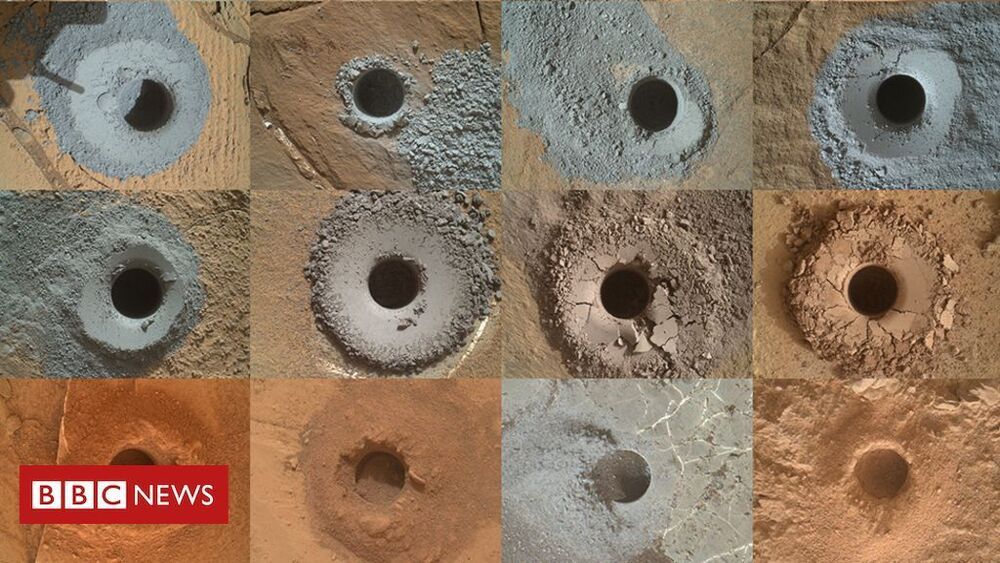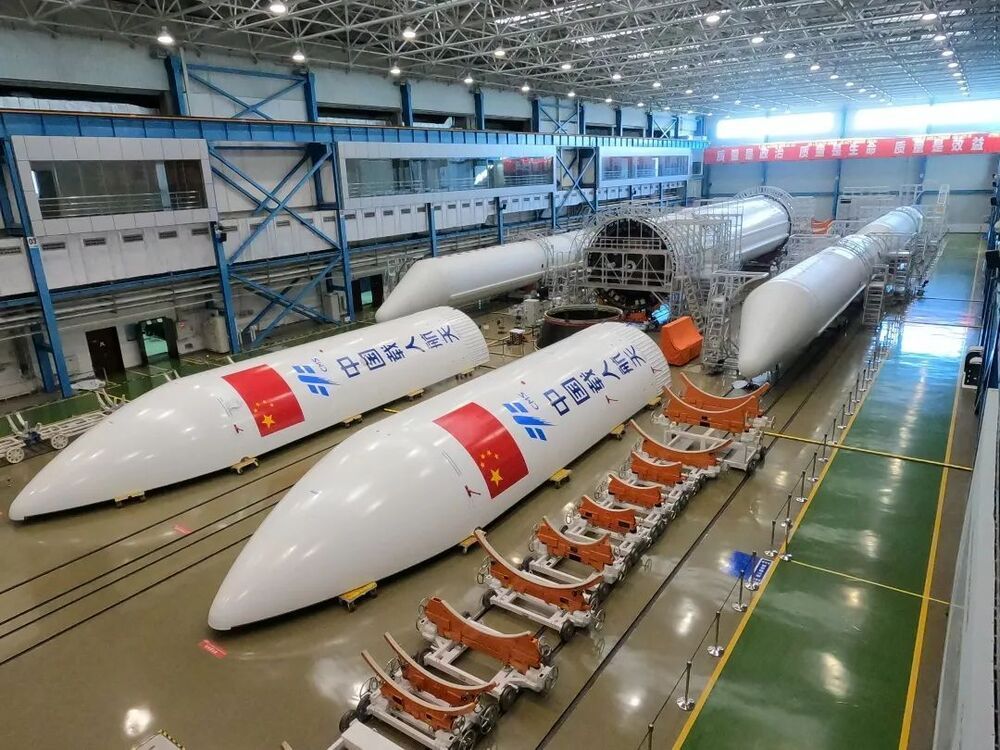Wi-Fi 6E devices are now being certified by the Wi-Fi Alliance. Smartphones, PCs, and laptops are expected in the first quarter of 2021, while TVs and VR devices should follow in the second quarter of 2021.
Get the latest international news and world events from around the world.


Apple and Hyundai are reportedly planning to team up and build a ‘beta’ version of an electric car by 2022
Hyundai and Apple teaming up to challenge Tesla? 😃
Apple and Hyundai plan to sign a deal that would lead to a “beta” version of an Apple electric vehicle as early as 2022, according to a Sunday report from Reuters.
Reuters cited a report from Korea IT News that said the companies are planning to sign a deal by March 2021 to partner on the self-driving electric cars, according to a Sunday report from Korea IT News.
With a deal in place, the companies may have a beta version of the vehicle ready by next year, according to the report. Mass production of the self-driving electric vehicles could begin by 2024. The plan would be to build about 100000 vehicles in the US that year, according to Reuters.


China to begin construction of space station this year
Like.
The core section of China’s space station is scheduled to launch in the next several months, the first of 11 missions carrying lab elements, cargo, and astronauts to the fledgling outpost over the next two years, according to Chinese space program officials.
The launch of the first element of the Chinese station is one of more than 40 missions scheduled this year by China Aerospace Science and Technology Corp., or CASC, China’s largest state-owned aerospace contractor.
CASC’s subsidiaries build China’s Long March rockets, manufacture satellites, and oversee construction of the Chinese space station.

Scientists Discover a New Type of Chemical Bond, And It’s Surprisingly Strong
Scientists have recently discovered a totally new type of chemical bond – and it’s way stronger than it has any right to be.
The new type of bond shows that the divide between powerful covalent bonds, which bind molecules together, and weak hydrogen bonds, which form between molecules and can be broken by something as simple as stirring salt into a glass of water, isn’t as clear as chemistry textbooks would suggest.
Think back to that high-school chemistry class, and you’ll remember that there are different types of bonds that link atoms together into molecules and crystal structures.
Gene Therapies and the Promise of the Fountain of Youth
Gene therapies are opening up possibilities that were once reserved for science fiction.
At Harvard University, Professor of Genetics David Sinclair says he believes it’s possible to unlock the fountain of youth, and gene therapy is the key.
Sinclair spent two years trying to correct the vision of a mouse using gene therapy, and finally succeeded in doing it.
Although these discoveries are encouraging, Sinclair cautions that people set their expectations realistically.
“Many people are eager to use the research for their own health benefit,” he said. “But I’m hoping that the public will realize that it does take a long time and we can’t just jump from a mouse to a human tomorrow.”
Aging researcher Dr. Nir Barzilai is studying clinical trials that use the diabetes drug metformin to directly target aging.

2 Ohio men say they encountered Bigfoot-like creature at Salt Fork State Park
It was just a leisurely walk in the woods — one they’ve done many times — but this time was different. This time, they spotted something that they say they’ll never forget.
It was Jan. 12 when two Ohio men found themselves staring at what they say resembled Bigfoot or Sasquatch in Salt Fork State Park.
“Should we even be here?” said Eric, one of the two men. Eric did not want his last name revealed.
